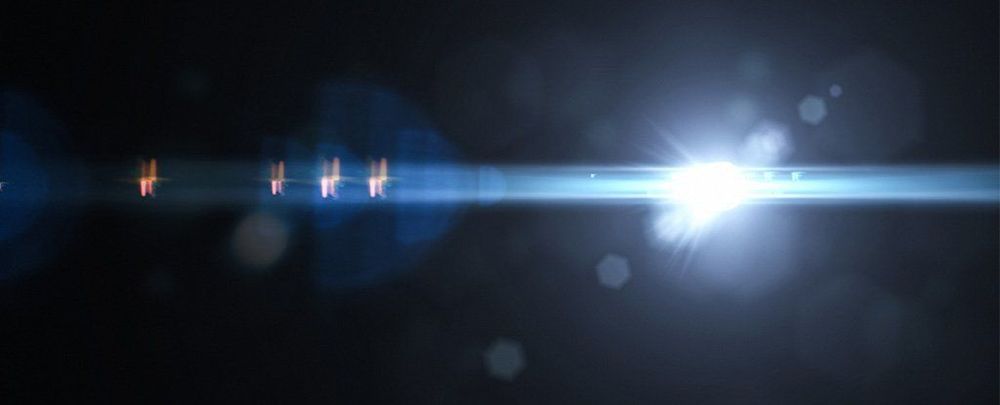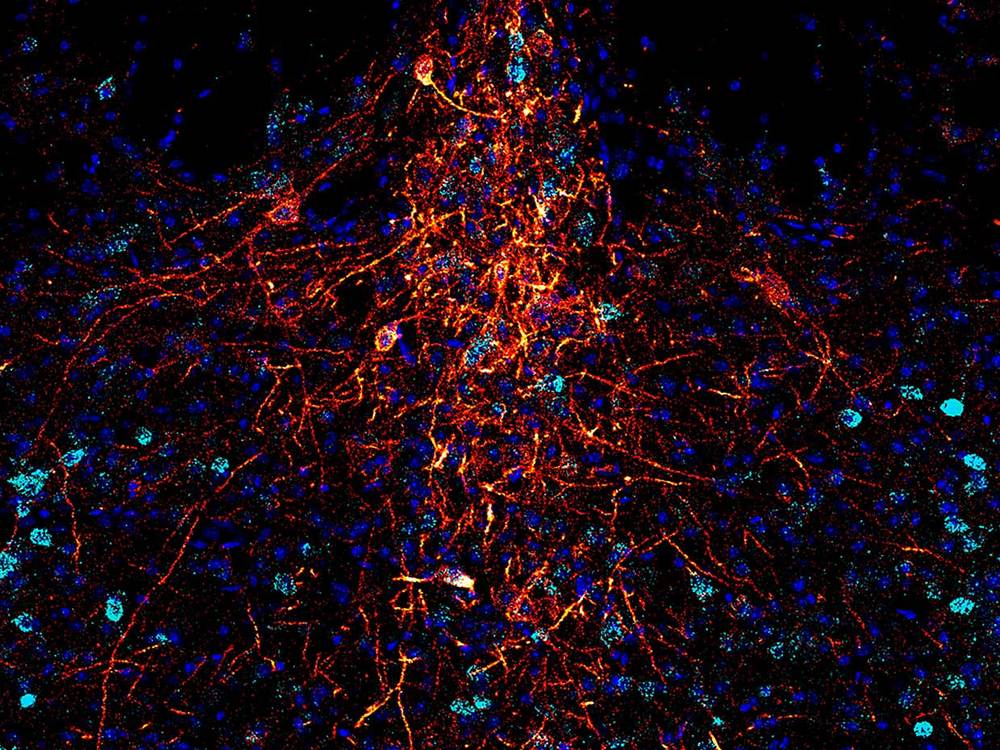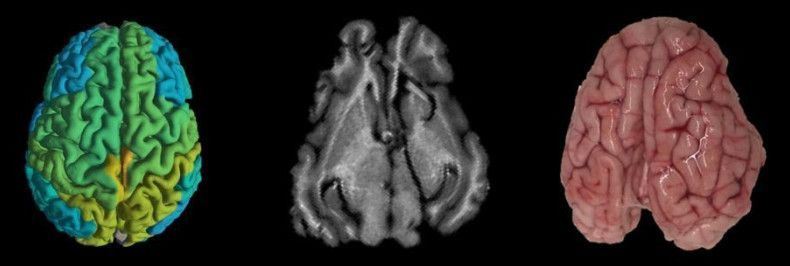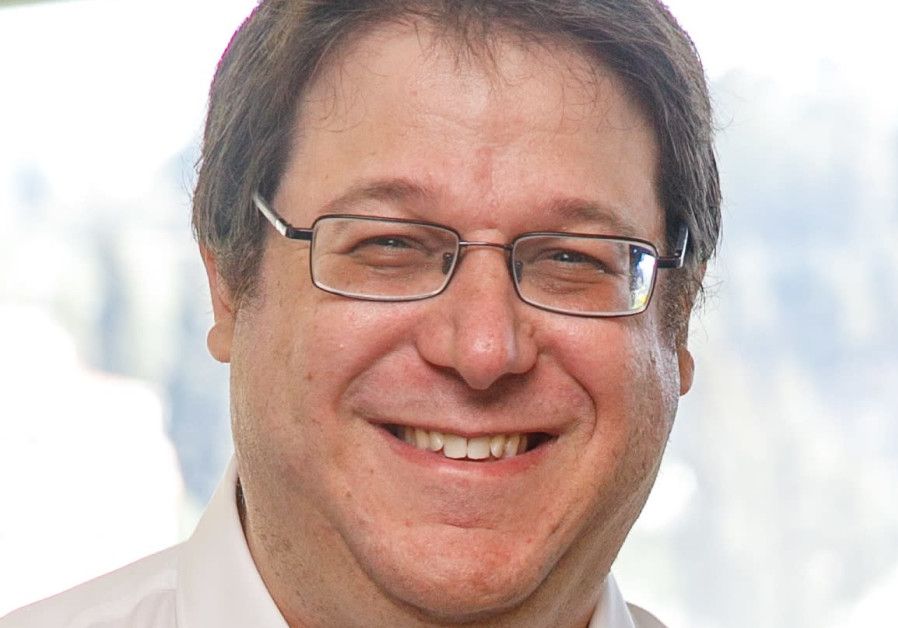MIT looked at the original Roboat as “quarter-scale” option, with the Roboat II being half-scale; they’re slowly working up to the point of a full-scale option that can carry four to six passengers. That bigger version is already under construction in Amsterdam, but there’s no word on when it’ll be ready for testing. In the meantime, Roboat II seems like it can pretty effectively navigate Amsterdam — MIT says that it autonomously navigated the city’s canals for three hours collecting data and returned to where it left with an error margin of less than seven inches.
Going forward, the MIT team expects to keep improving the Roboat’s algorithms to make it better able to deal with the challenges a boat might find, like disturbances from currents and waves. They’re also working to make it more capable of identifying and “understanding” objects it comes across so it can better deal with the environment it’s in. Everything the half-scale Roboat II learns will naturally be applied to the full-scale version that’s being worked on now. There’s no word on when we might see that bigger Roboat out in the waters, though.







